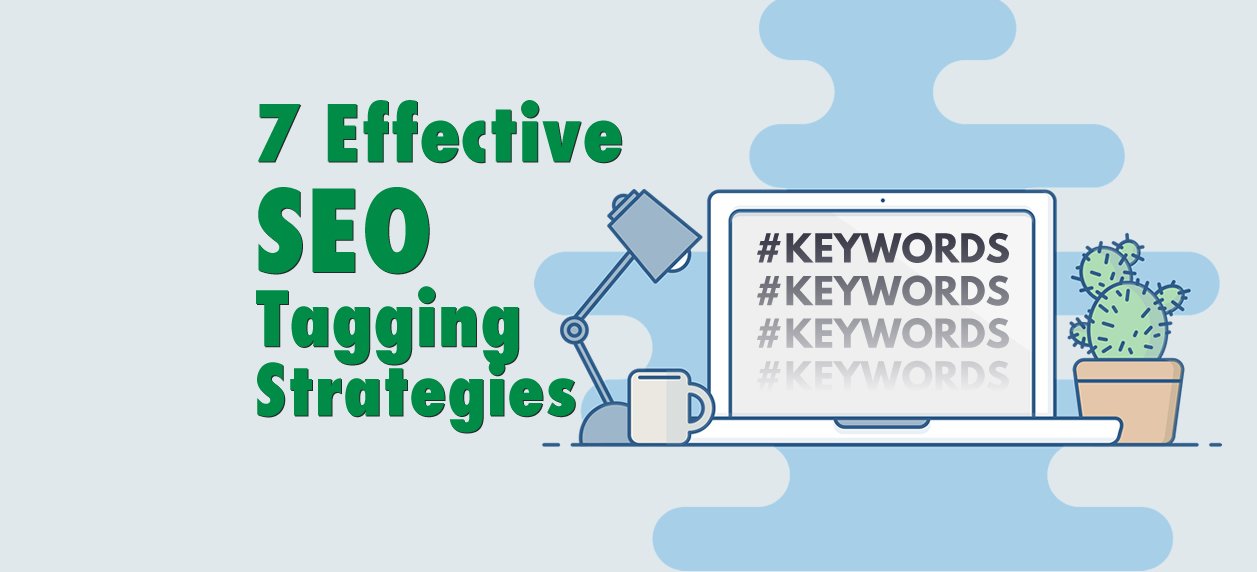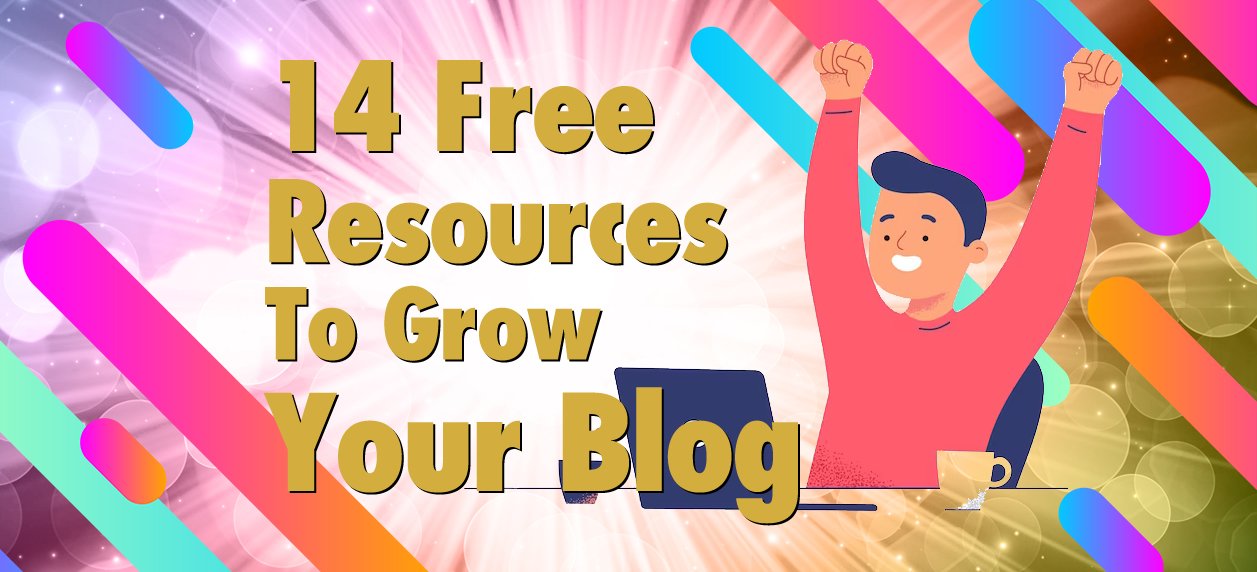In the vast landscape of the internet, getting noticed can be a real challenge. Whether you're a seasoned blogger or just starting your online journey, one thing remains constant: the importance of tags.
In this post, we'll dig deep into the world of tags and explore best practices to help you harness their power for organic traffic. By the end, you'll be armed with the knowledge to optimize your content and boost your search engine rankings.
The Significance of Tags in SEO
Before we dive into the best practices, let's establish why tags are crucial for SEO (Search Engine Optimization). Tags serve as navigational signposts for search engines, helping them understand what your content is about and who it's relevant to. When used correctly, tags can significantly improve your website's visibility on search engine results pages (SERPs).
Understanding Tags
Tags are essentially keywords or phrases that describe the content of your web page or blog post. They are a part of your website's metadata, providing search engines with valuable information about your content. Here's how to make the most of them:
1. Relevance is Key
When selecting tags for your content, always prioritize relevance. Tags should accurately reflect the topic and content of your page. Imagine you're a reader looking for information on “green energy solutions.” You wouldn't appreciate landing on a page with tags like “fast food” or “celebrity gossip,” right? Neither would search engines. Be specific and direct.
2. Focus on Long-Tail Keywords
Long-tail keywords are longer and more specific keyword phrases. They often have less competition, making it easier for your content to rank higher on search engines. For instance, if you're writing about “best budget smartphones,” consider tags like “affordable Android phones” or “budget-friendly mobile devices.” These long-tail tags can attract more targeted organic traffic.
3. Use Synonyms and Variations
Search engines are becoming increasingly sophisticated, understanding synonyms and variations of keywords. Incorporating synonyms and different variations of your primary tags can broaden your content's reach without sacrificing relevance. If your primary tag is “digital marketing,” consider secondary tags like “online marketing” and “internet marketing.”
4. Avoid Tag Stuffing
While it's essential to use tags effectively, avoid the temptation of tag stuffing. Overloading your content with tags can lead to keyword cannibalization and negatively impact your search rankings. Keep it focused, with around 5-10 tags per post.
5. Think About User Intent
Put yourself in your audience's shoes. What would someone searching for your content type into a search engine? This approach will help you identify the most relevant tags. If you're writing a guide to “home gardening,” think about terms like “garden tips,” “plant care,” and “green thumb.”
6. Utilize Location-Based Tags
If your content is specific to a particular location or audience, consider adding location-based tags. For example, if you run a bakery in New York City, tags like “NYC bakery,” “Manhattan pastries,” and “East Village cupcakes” can help attract local organic traffic.
7. Regularly Review and Update Tags
The world of online content is dynamic. Trends change, and so do search behaviors. It's essential to periodically review and update your tags to ensure they remain relevant. Old tags that are no longer driving traffic should be replaced with newer, more pertinent ones.
Useful Tools to Assist with Tagging
To simplify the tagging process and ensure you're making the most of your tags, consider using these tools:
1. Yoast SEO Plugin
If you're using WordPress, the Yoast SEO plugin is a game-changer. It provides real-time suggestions for optimizing your content, including tag recommendations. It's a must-have for bloggers and website owners aiming for better SEO.
2. Google Keyword Planner
This tool helps you discover keywords and phrases that are highly relevant to your content. It can assist you in identifying potential tags based on search volume and competition.
3. SEMrush
SEMrush is a comprehensive SEO tool that not only suggests tags but also offers insights into competitors' tags. It can help you stay ahead in the SEO game.
4. Ahrefs
Ahrefs is another excellent tool for keyword and tag research. It provides data on keyword difficulty and click-through rates, allowing you to select tags strategically.
Measuring Tag Performance
Tags are not a “set it and forget it” aspect of SEO. To optimize your content continually, you need to measure tag performance. Here's how:
Google Analytics
Integrate Google Analytics with your website to track which tags are driving organic traffic. This invaluable tool provides insights into which tags are performing well and which might need adjustments.
Search Console
Google Search Console offers a wealth of data on your website's performance in Google's search results. It can help you identify keyword queries that are bringing users to your site and which tags are leading the way.
Rank Tracking Tools
Tools like Moz, SEMrush, and Ahrefs provide ranking reports, showing how your content performs in search engine rankings for specific tags. This information helps you refine your tagging strategy.
Find out more about how to Boost Your 2023 Sales with These 15 Social Media Marketing Tips
Start Tagging Your Content Now!
In the world of SEO, optimizing your tags for organic traffic is a fundamental strategy.
By adhering to best practices such as relevance, long-tail keywords, and avoiding tag stuffing, you can enhance your website's visibility and attract more organic visitors.
Remember to use the right tools and regularly review and update your tags to stay ahead in the SEO game. So, don't underestimate the power of tags – they might just be the key to unlocking your website's true potential.
Happy tagging and boosting your organic traffic!




